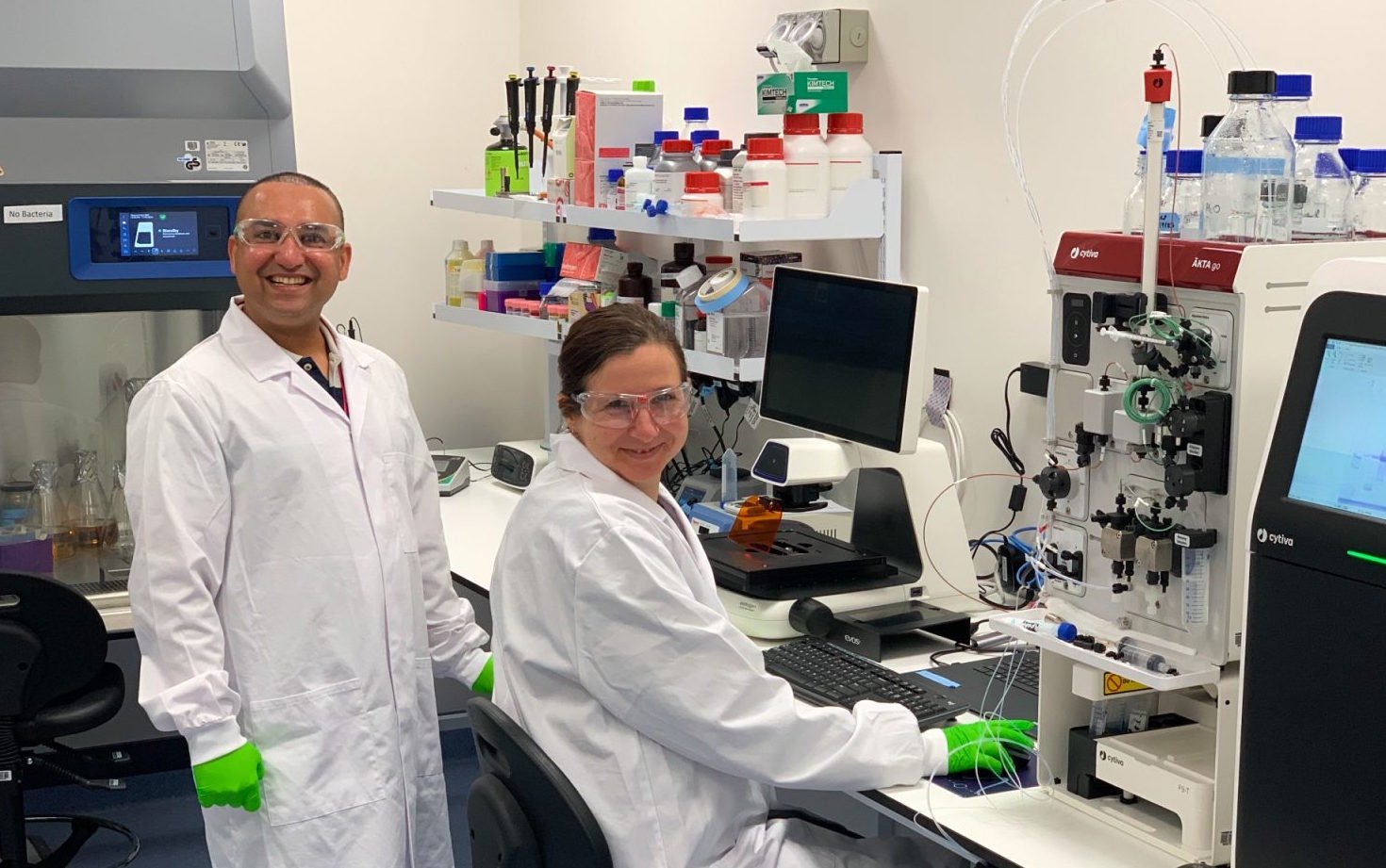Digital Reset- Way forward for Life Sciences Sector in 2022
05 January 2022 | Opinion
Nothing could have prepared the world for the unprecedented chain of events over the past two years. We prefaced 2020 and 2021 saying anything is possible, but no one saw this level of hyper volatility completely disrupting business and life as we know it. While the world is now firmly planted in a digital-format, the economic and business outlook for 2022 will remain highly fluid owing to the pandemic. Moreover, it is indeed very likely that in 2022, the majority of Asia Pacific’s GDP will be coming from digital products, services, and experiences across industries, with life sciences being one of them.

image credit- shutterstock
One of the silver linings of the COVID-19 pandemic has been the fast-tracked adoption of digital transformation across various sectors. There has been a quantum improvement in the utilisation of cloud-based infrastructure, high-end processing for applications such as Augmented Reality (AR), Virtual Reality (VR), 3D printing, 5G, remote patient monitoring, robotics, etc.
With the help of technology, doctors in the Asia Pacific (APAC) region are looking to shorten the recovery period and improve the treatment outcome for patients. For instance, the growing adoption of AR, VR and robotics is enabling healthcare professionals to train on any procedure and to stay on top of the latest advancements in medical technology.
Japan-based startup Jolly Good has entered into collaboration with Aichi Medical University Hospital's Pain Centre to research the efficacy of VR therapy for chronic pain.
On the other hand, Singapore-based Kyalio and the Endoscopic and Laparoscopic Surgeons of Asia (ELSA), a leading surgical association with over 2,600 members, have jointly launched the Day-to-Day Endo-Laparoscopic Virtual Reality Surgical Library.
A first in Asia, the multi-platform VR Surgical Library, which utilises real-scene VR, addresses the importance of continuous surgical training and enables cross-border surgical education to be sustained even in the face of COVID-19.
According to Global Data, APAC will be the leading region in terms of 5G technology adoption with 1.14 billion subscribers, accounting for 65 per cent of global 5G subscriptions by 2024, with South Korea, China, Japan and Australia leading the way.
Joining this list is Thailand that has recently launched ‘5G Smart Hospital’ for upgrading the country’s public health industry. This project marks the first and largest 5G smart hospital project in Thailand and the ASEAN region. It aims to bring a more efficient and convenient experience to patients by introducing technologies such as 5G, cloud, and artificial intelligence (AI).
Taiwan’s hospitals are also taking aggressive action to carry out its smart applications combining 5G and AI technology. For example, Tri-Service General Hospital (TSGH) is building up a series of surgery training sessions and telehealth instruction for its branch hospital on outlying islands, using technologies combining mixed reality (MR), augmented reality (AR) glasses, and virtual reality (VR).
On the other hand, Mackay Memorial Hospital in Taiwan has launched a set of mobile mammography buses, which could transmit real-time images back to the hospital, run AI analysis on cloud, and if necessary, it could help make clinical appointments, providing healthcare service for people in remote areas.
Tagging along is Singapore where the National University Health system (NUHS) has joined hands with Singtel to deploy a 5G indoor network with Multi-Access Edge Compute for the National University Hospital (NUH) operating theatres and wards. This is a first for a public hospital.
NUH has also launched a first-of-its-kind 3D Printing Point-of-Care lab, in collaboration with Johnson & Johnson (J&J) to improve patient care capability and enhance personalised healthcare, supported by the Singapore Economic Development Board (EDB).
Adding on, the concept of minimally invasive surgery has picked up pace in many APAC countries. For example, researchers at the Chinese University of Hong Kong (CUHK) have developed biohybrid soft microrobots with an endoscopy-assisted magnetic navigation strategy for rapid endoluminal delivery. This work provides a new enabling technology for medical microrobot-based minimally invasive intervention and has the potential for treating various diseases in tiny and tortuous lumens which are hard-to-reach or inaccessible by regular medical devices.
CUHK has also recently come up with a soft robotic manipulator for transoral laser microsurgery on head and neck cancer, guided by intraoperative magnetic resonance (MR) imaging (MRI).
Ireland-headquartered Medtronic has installed its new robotic-assisted surgery platform, Hugo RAS system, at its state-of-the-art Surgical Robotics Experience Centre (SREC) in India. The SREC is the company's first in the APAC region.
With so many digital initiatives being adopted by the life sciences sector across the APAC region, a new virtual healthcare ecosystem is in the pipeline. However, a potential challenge would be to keep a hawk’s-eye on technological reliability to ensure seamless service and to build cost-effective redundancies.
Click here to read the full story
Dr Manbeena Chawla
(manbeena.chawla@mmactiv.com)
with inputs from Hithaishi C Bhaskar












